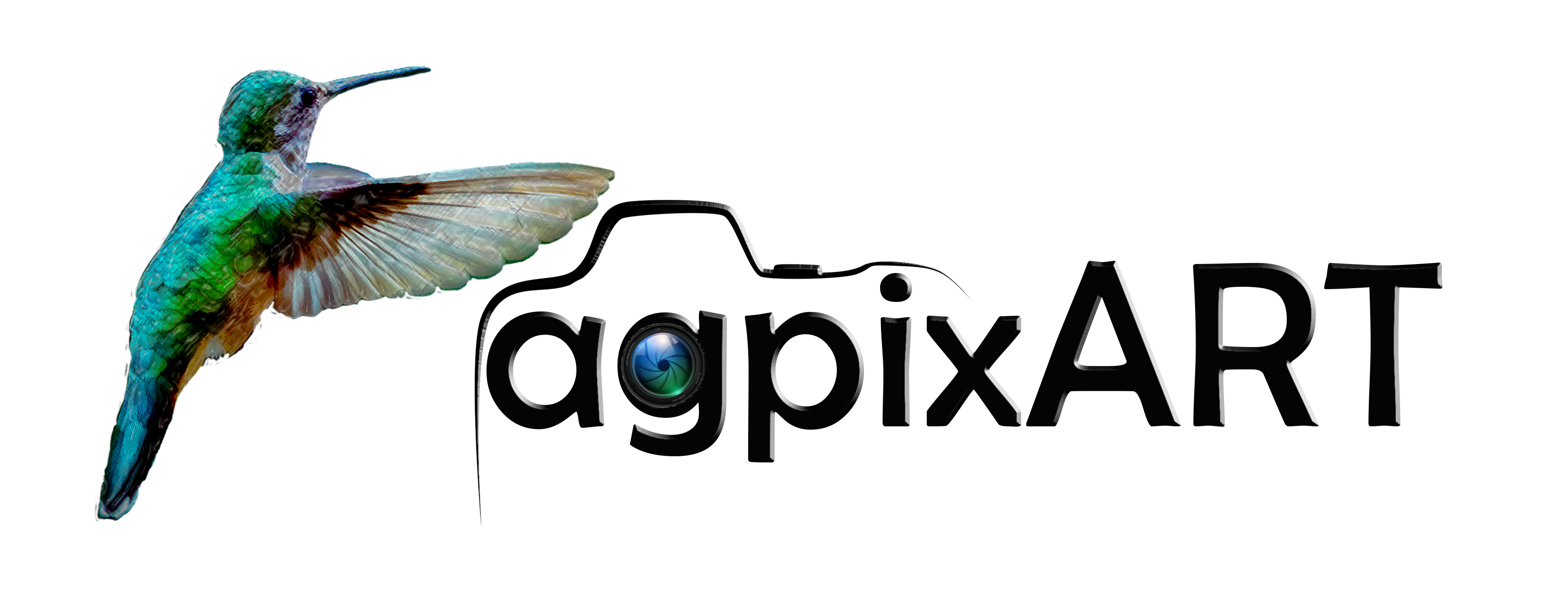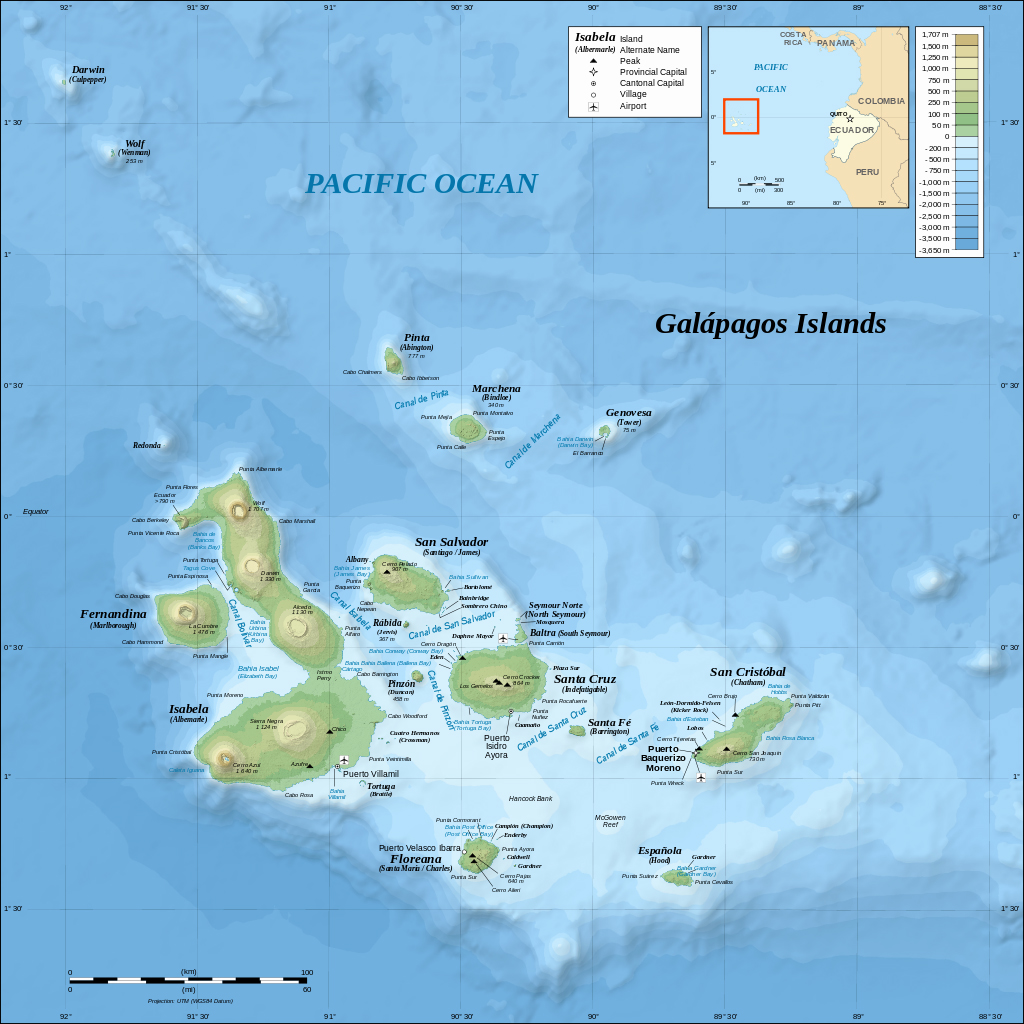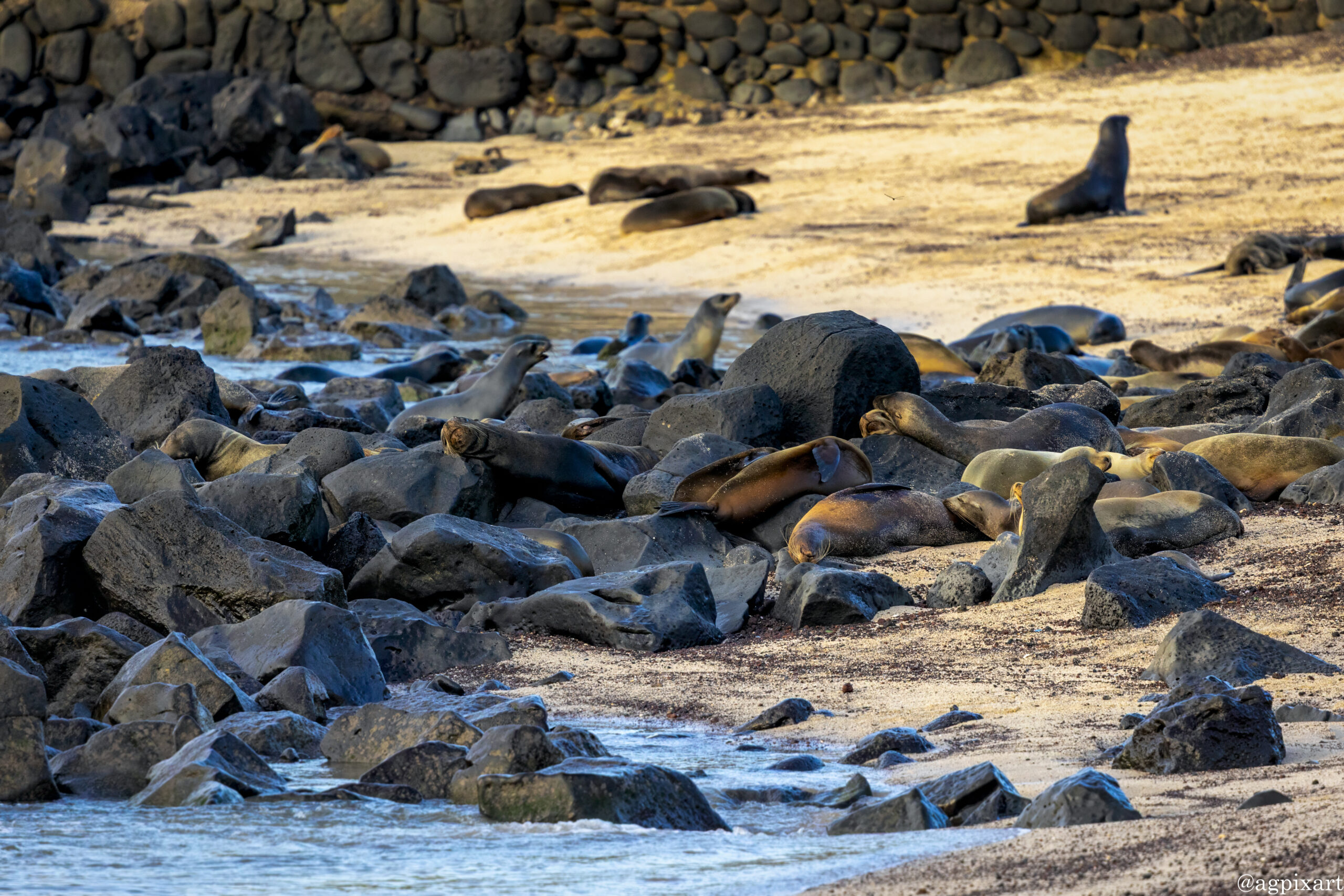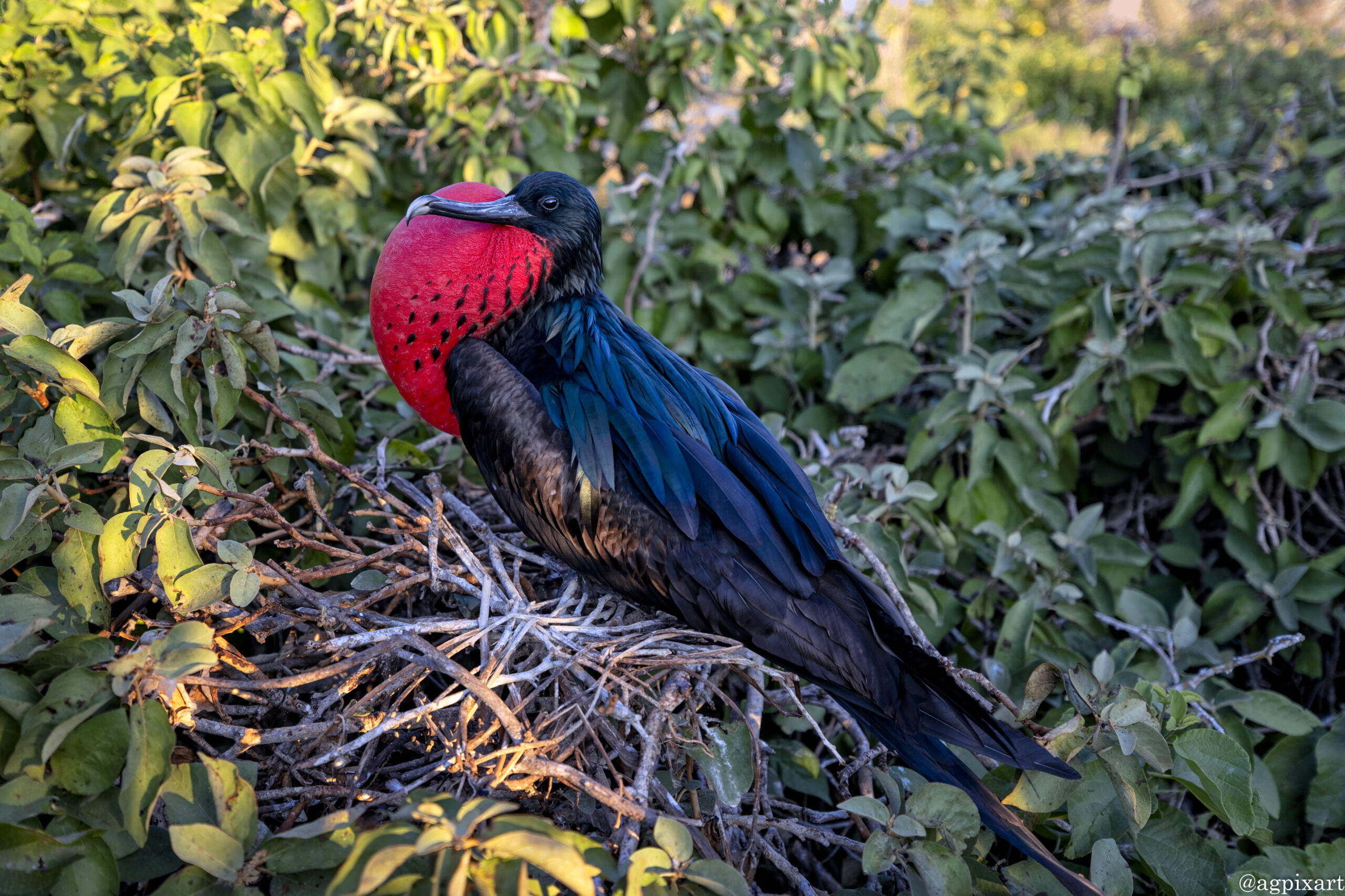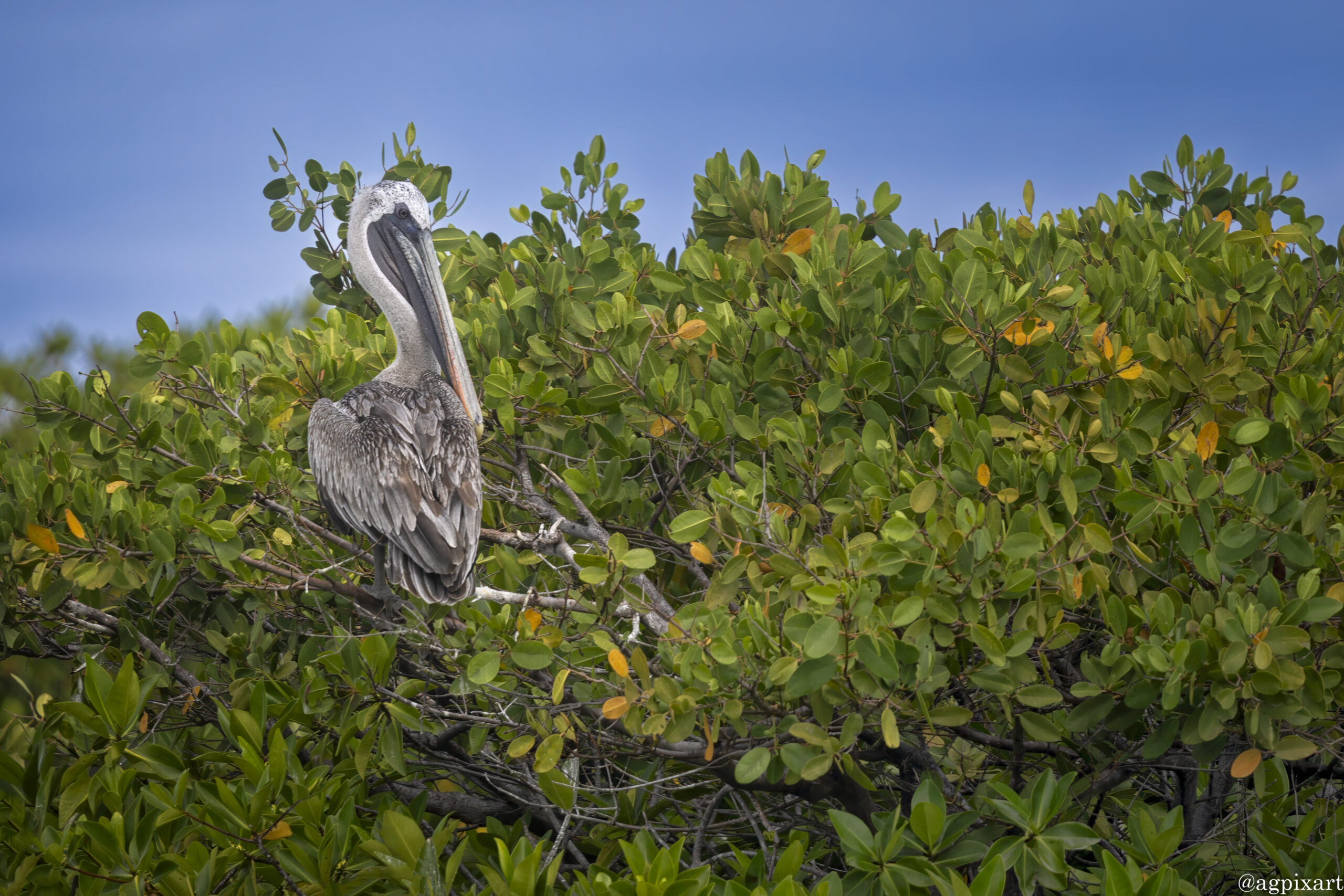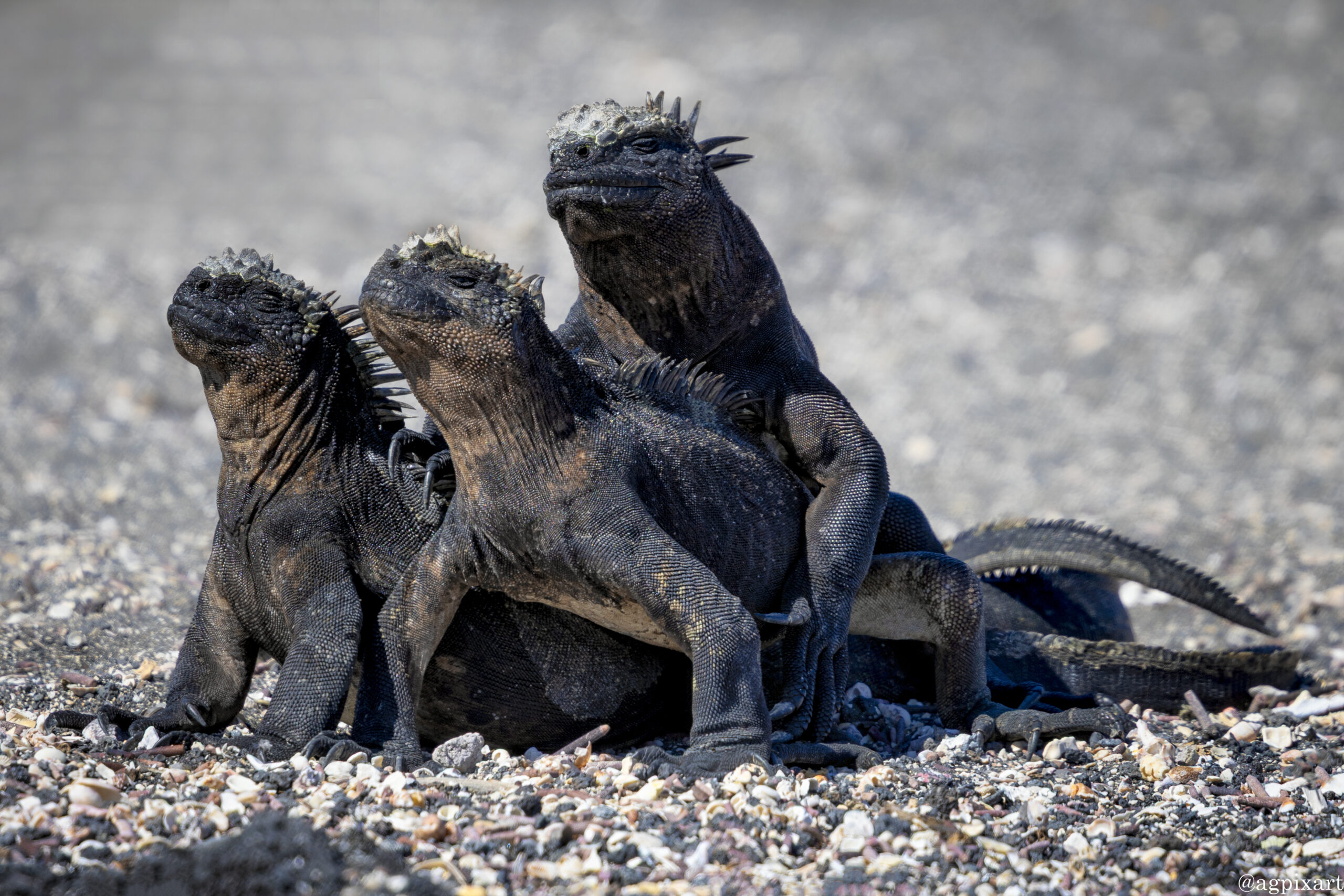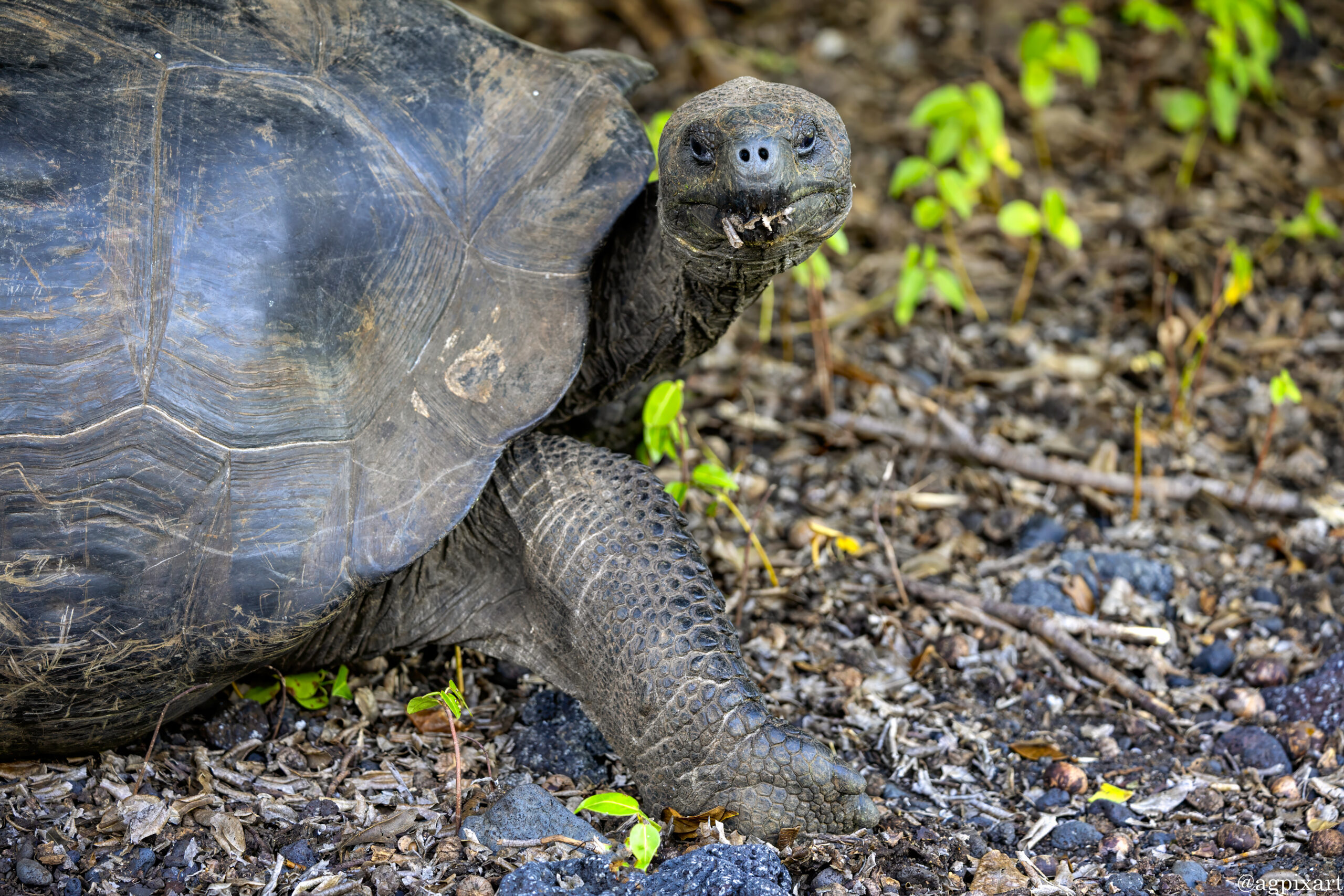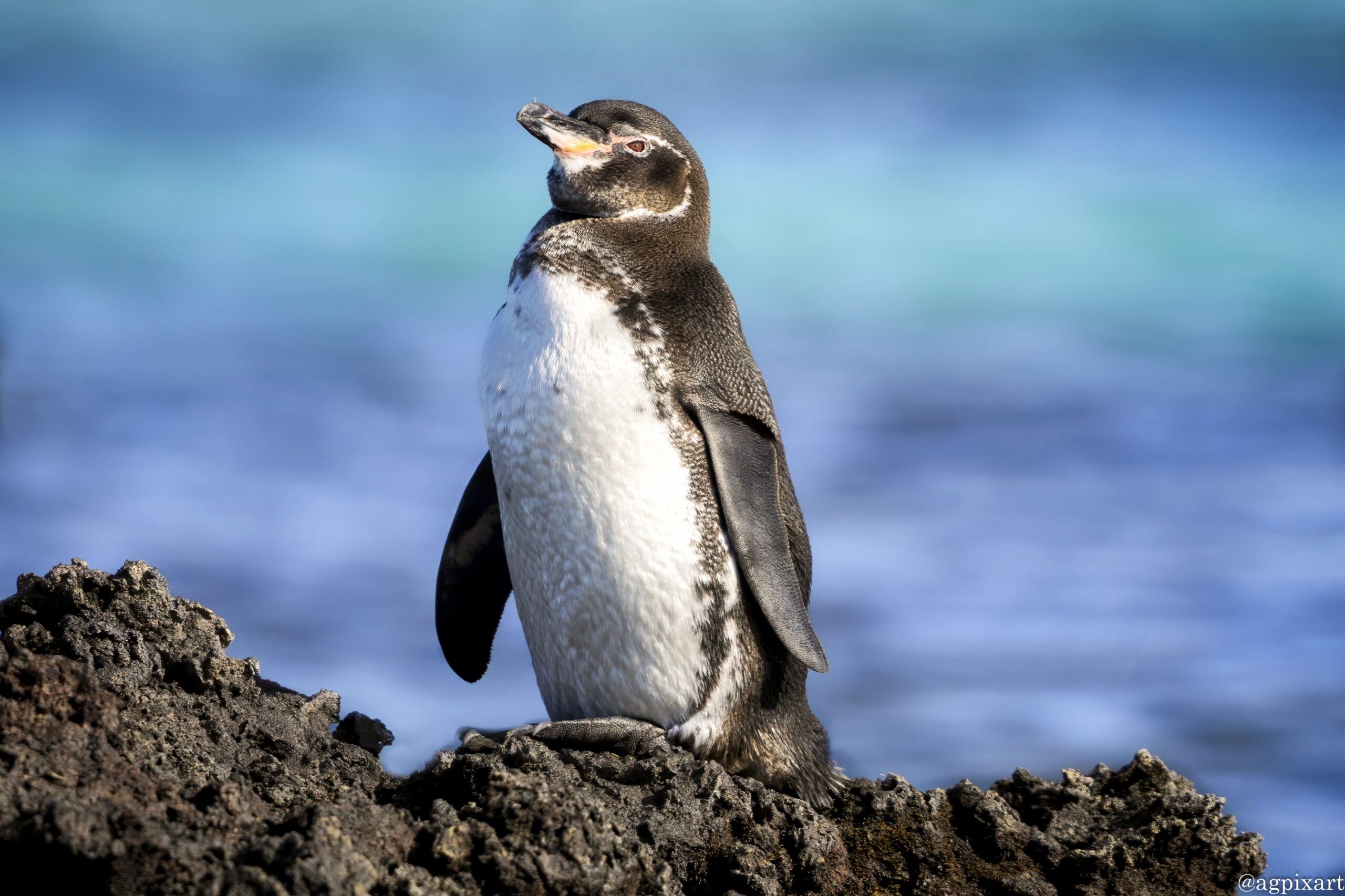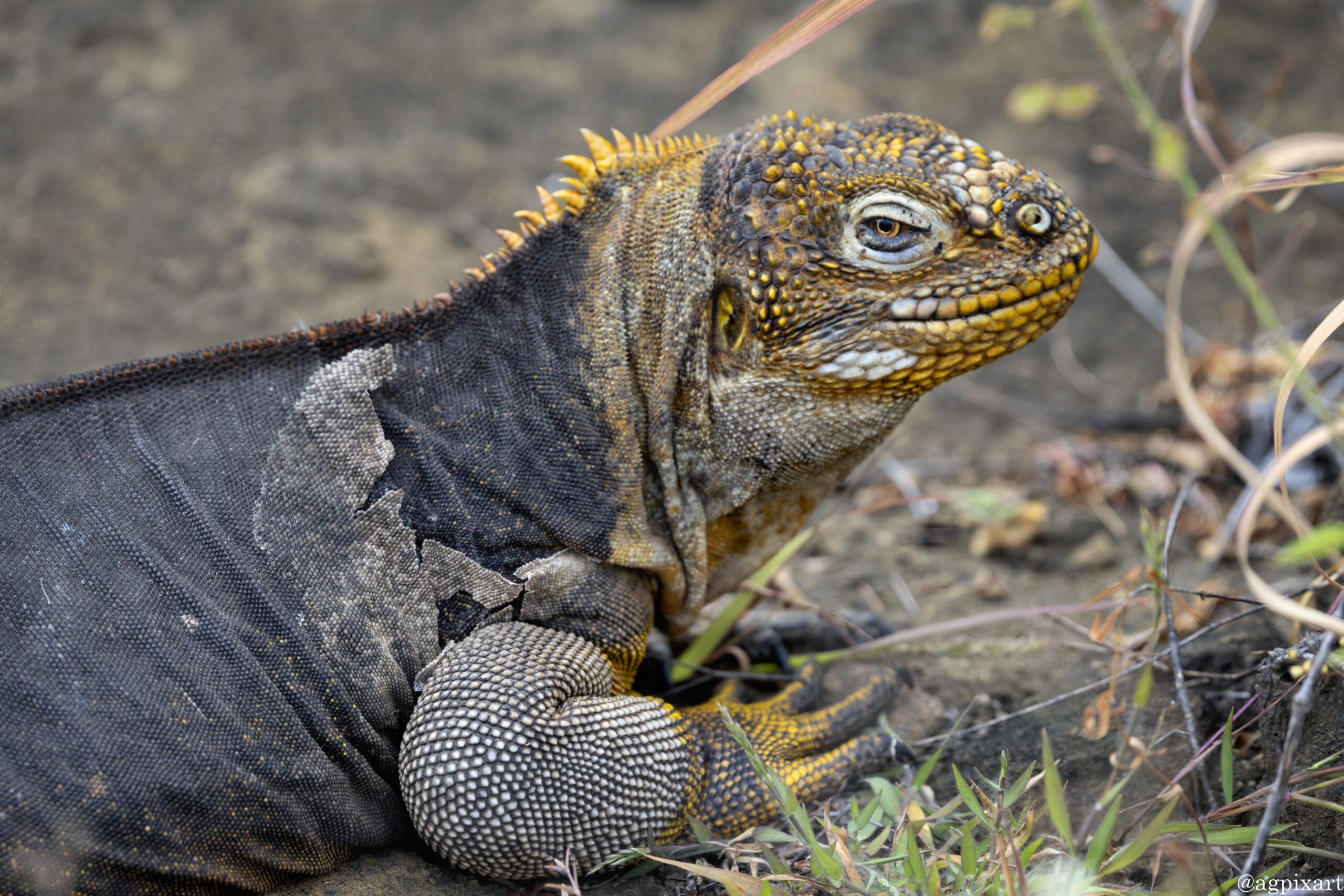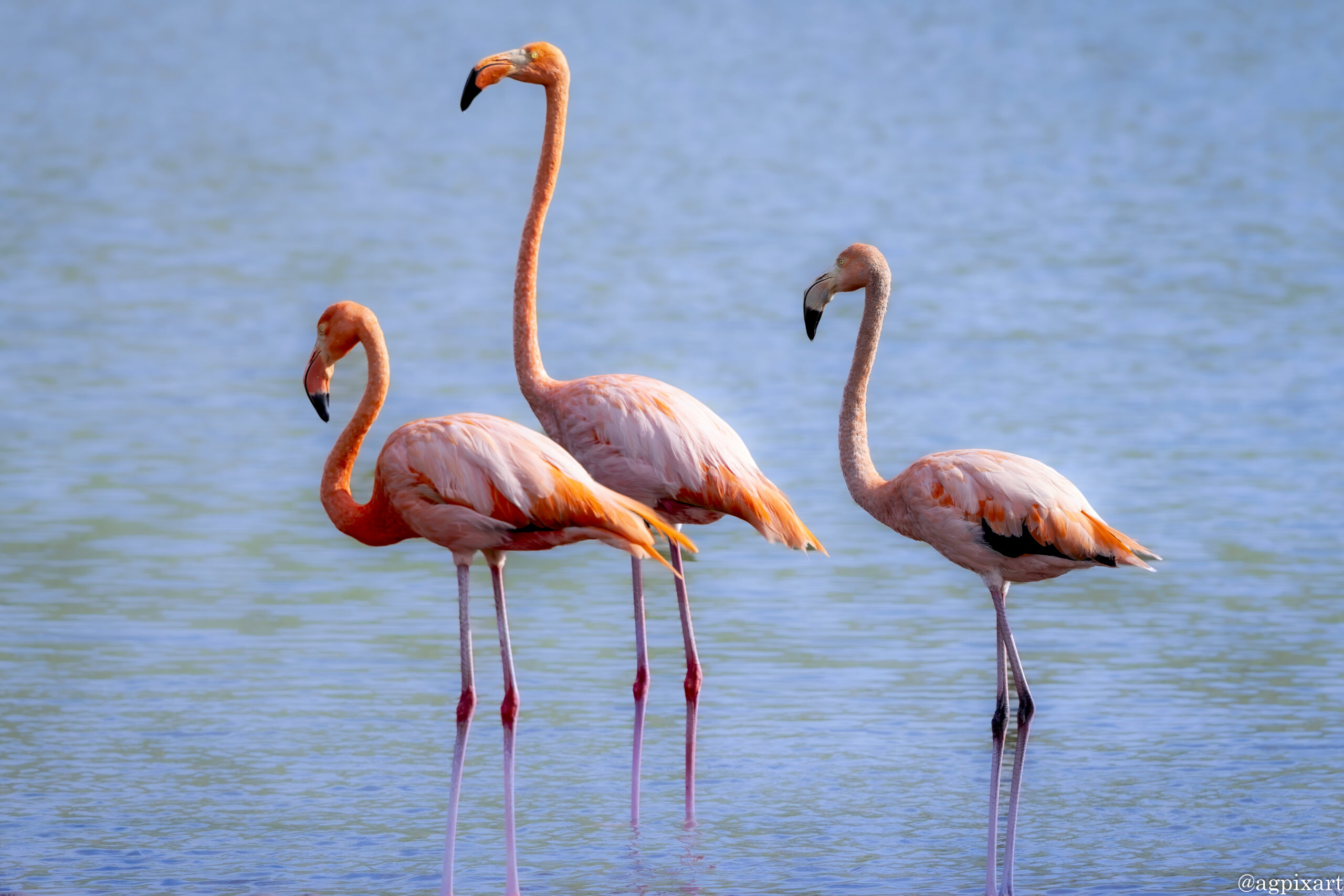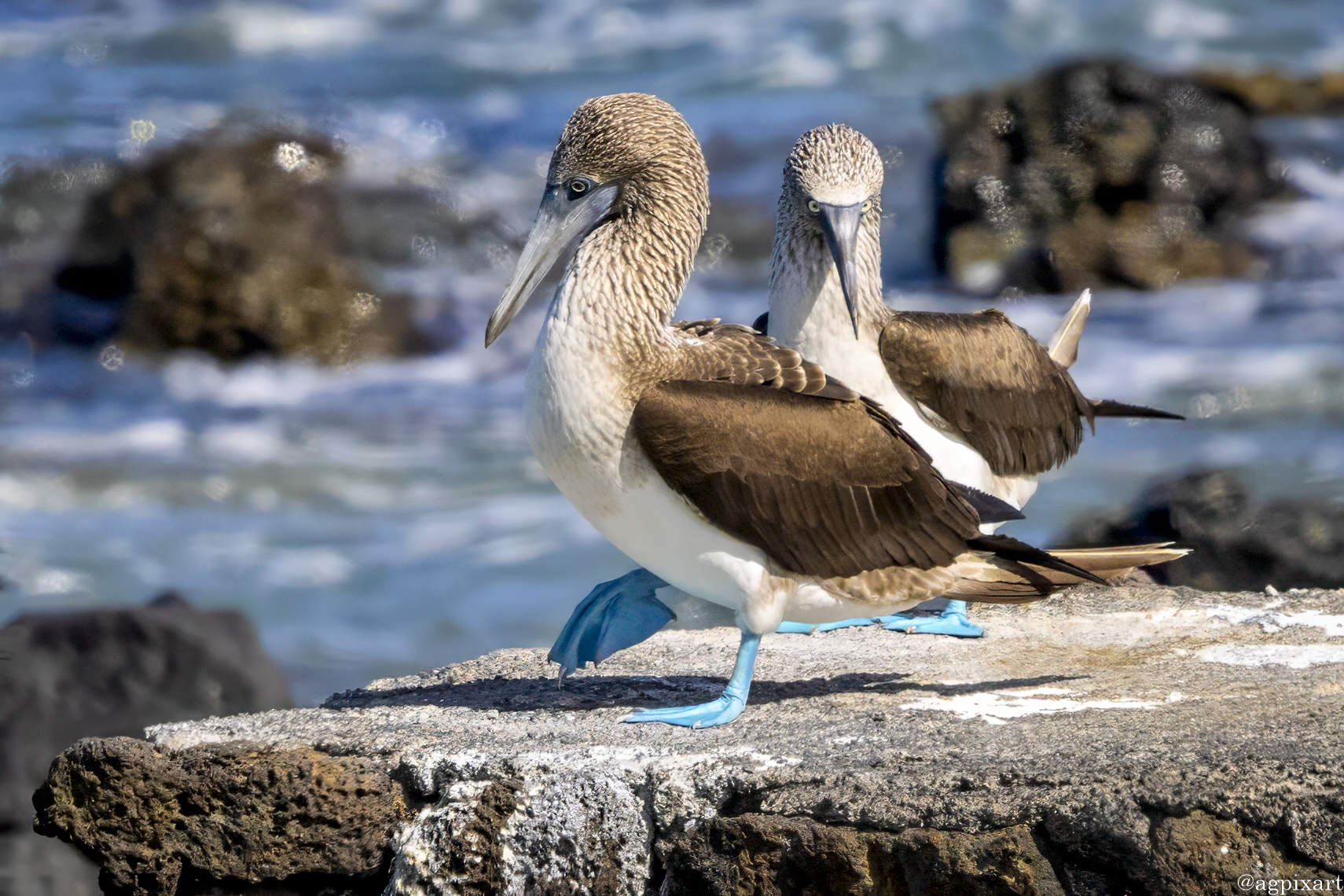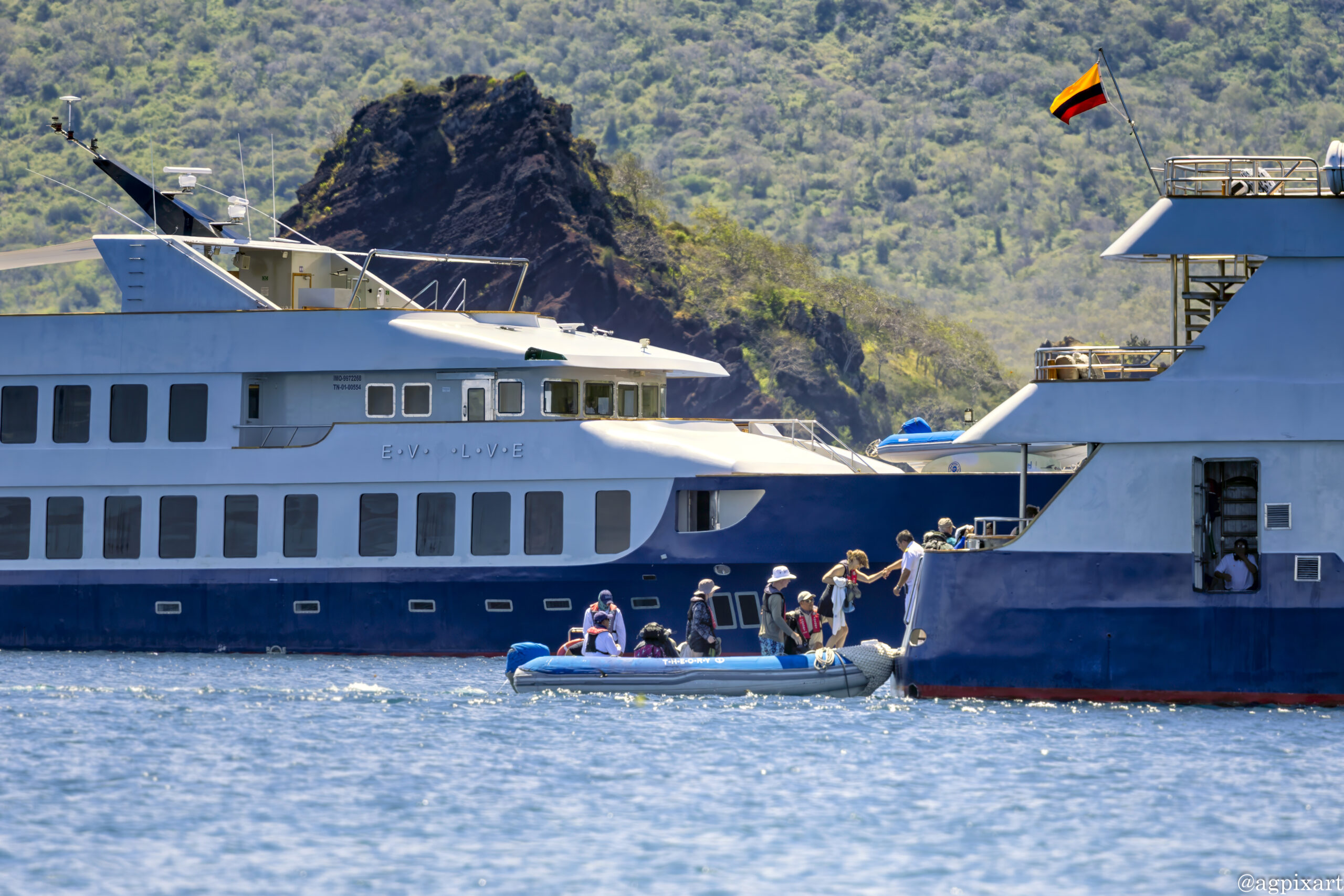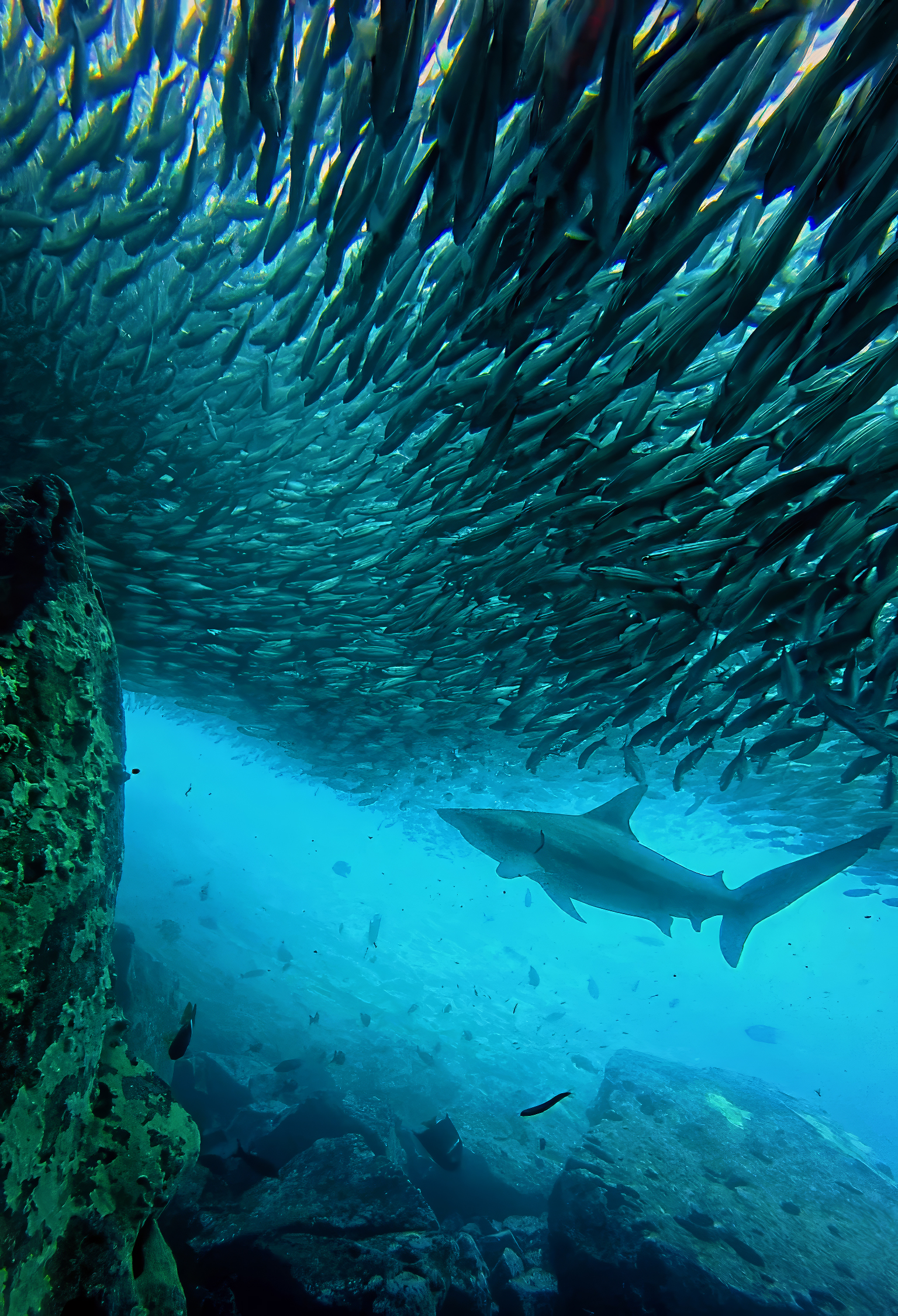Galápagos & Ecuador
Ecuador is a country on the northwest coast of South America. It spans diverse landscapes, from the Amazon rainforest and Andean highlands to the Pacific coast and the Galápagos Islands.
The Galápagos Islands lie off Ecuador’s coast, their 21 islands span 17,000 square miles of in the Pacific Ocean. This remote haven harbors some of Earth’s rarest and most extraordinary wildlife.
Ecuador
The Middle of the World – Mitad del Mundo
Ecuador, named for its unique position astride the equator, spans the Earth’s midline with remarkable geographic diversity. Covering roughly 283,561 square kilometers, it’s home to about 18 million people. Its capital is Quito, and its largest city is Guayaquil.
Known for its rich biodiversity, Ecuador hosts unique wildlife, especially in the Galápagos, a UNESCO World Heritage Site.
The economy relies on oil, agriculture (bananas, cacao), and tourism.
Spanish is the official language, and the U.S. dollar is the currency.
Galapagos Islands
The Enchanted Islands – Islas Encantadas
The Galápagos Islands, a near-mythical archipelago that was formed by volcanic activity beginning 4–5 million years ago, are located over 600 miles off the northwest coast of South America primarily within Ecuador’s territory. Situated around the equator, the 21 islands and numerous islets span roughly 17,000 square miles, centered approximately at 0° latitude and 90° west longitude.
They were discovered by the Spanish in the 16th century and named for the saddle-shaped tortoise shells, becoming part of Ecuador in 1832. Charles Darwin’s 1835 visit inspired his theory of evolution by natural selection. Over 90% of the islands are a protected national park, with ongoing conservation to preserve their unique ecosystem.
To reach the Galápagos Islands, air travel is the only practical option for visitors, however there are no direct international flights. The Galápagos Islands can be reached from one of Ecuador’s two main international airports.
Important Note: Don’t touch or feed the wildlife – be respectful of their habitat.
Ecuador
TidBits Tabs – Know Before Trip
(click on the tab to open/close)
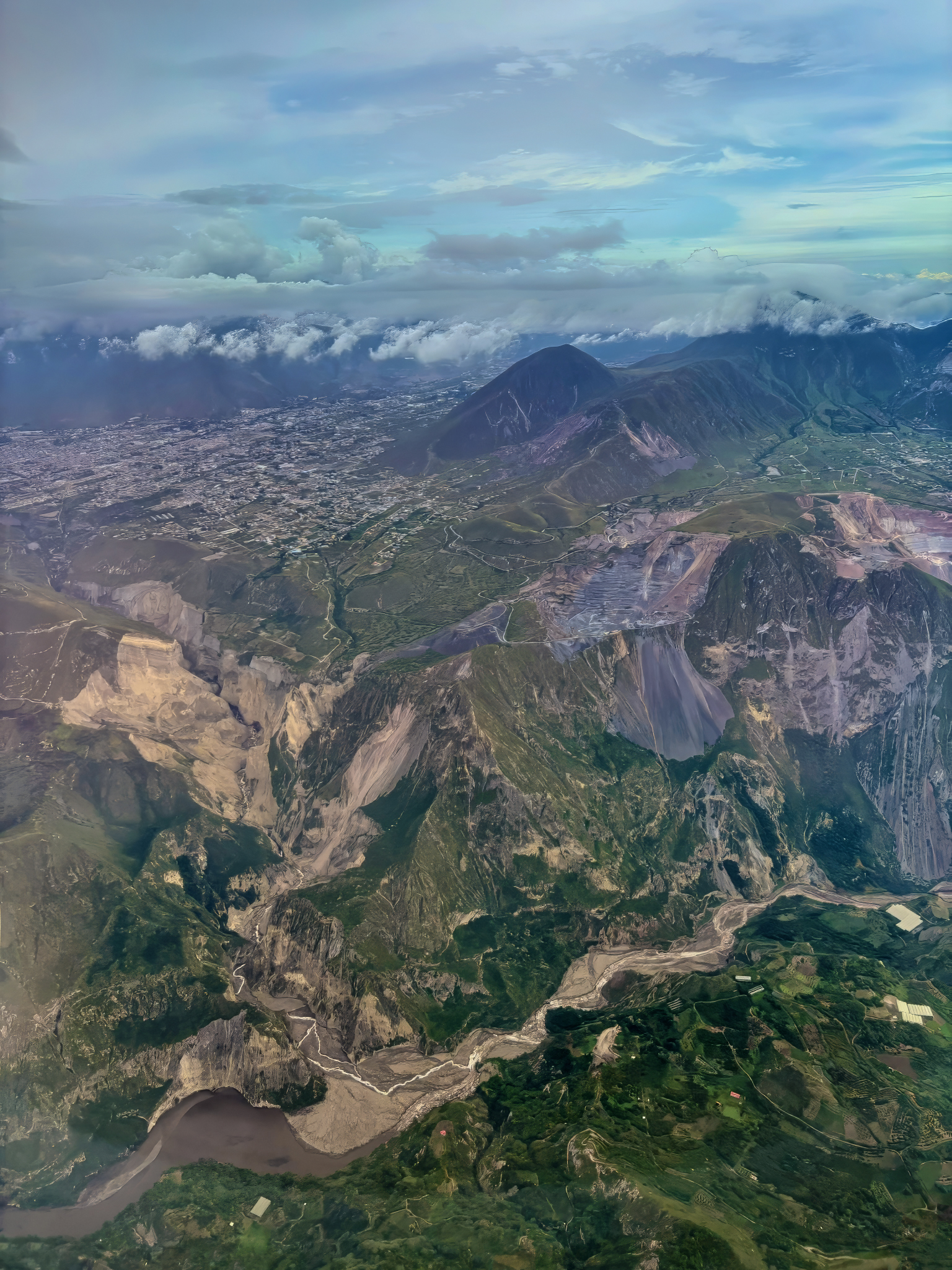
International Airlines at Mariscal Sucre International Airport, UIO in Quito:
International Airlines at at José Joaquín de Olmedo International Airport, GYE in Guayaquil:
Hotels at the Airports:
Arrive Early: Arrive in Quito or Guayaquil at least a day before your Galápagos flight to account for international flight delays. Overnight stays are often necessary due to early morning departures (6:30–9:00 AM).
Travel Advice – General Safety:
Ecuador is generally safe for tourists in popular destinations like the Galápagos, Quito, Cuenca, and Baños, but violent crime, including murder, robbery, and kidnapping, has increased in specific regions due to drug-related gang activity. The U.S. State Department rates Ecuador as Level 2: Exercise Increased Caution overall, with Level 3 (Reconsider Travel) and Level 4 (Do Not Travel) advisories for certain areas. https://travel.state.gov/content/travel/en/traveladvisories/traveladvisories/ecuador-travel-advisory.html.
Travel Advice – Areas to Avoid:
Travel Advice – General Precautions:
Vaccine Requirements:
A local SIM card for affordable data, calls, and texts OR alternative and convenient eSIM.
Phone: SIM card – Main companies are Claro, Movistar, CNT, and Tuenti (an MVNO on Movistar’s network).
eSIM Data Options – Purchase online, activate via QR code before or upon arrival.
Pre-Columbian Era (before 1534) – Indigenous cultures, including the Valdivia, Inca (conquered by 1463), and others, thrive in diverse regions from coast to Andes.
Spanish Conquest (1534) – Francisco Pizarro conquers Ecuador; Quito becomes a key colonial city under Spanish rule for nearly 300 years.
Independence Movement (1809–1822) – Quito’s 1809 uprising sparks independence efforts; Simón Bolívar’s forces liberate Ecuador in 1822 at the Battle of Pichincha.
Gran Colombia (1822–1830) – Ecuador joins Bolívar’s Gran Colombia with Colombia and Venezuela; dissolves in 1830 due to internal conflicts.
Republic of Ecuador (1830–present) – Established as an independent nation in 1830 under Juan José Flores; adopts tricolor flag inspired by Miranda’s design.
19th Century – Political instability with frequent coups; Gabriel García Moreno (1860s–1870s) modernizes state but faces liberal-conservative conflicts.
Early 20th Century – Economic growth from cacao and banana exports; border disputes with Peru lead to 1941 war and loss of Amazon territory (Rio Protocol).
Mid-20th Century – Political volatility with 20+ presidents (1930–1970); oil discovery in 1960s boosts economy but fuels inequality.
Late 20th Century – Return to democracy in 1979; economic crises and Indigenous movements gain prominence in the 1990s.
21st Century – Rafael Correa’s presidency (2007–2017) brings social reforms, debt default, and new constitution (2008); rising crime and gang violence challenge stability by 2025.
Galápagos Islands – Annexed in 1832; becomes a global biodiversity hotspot and UNESCO World Heritage Site, driving tourism.
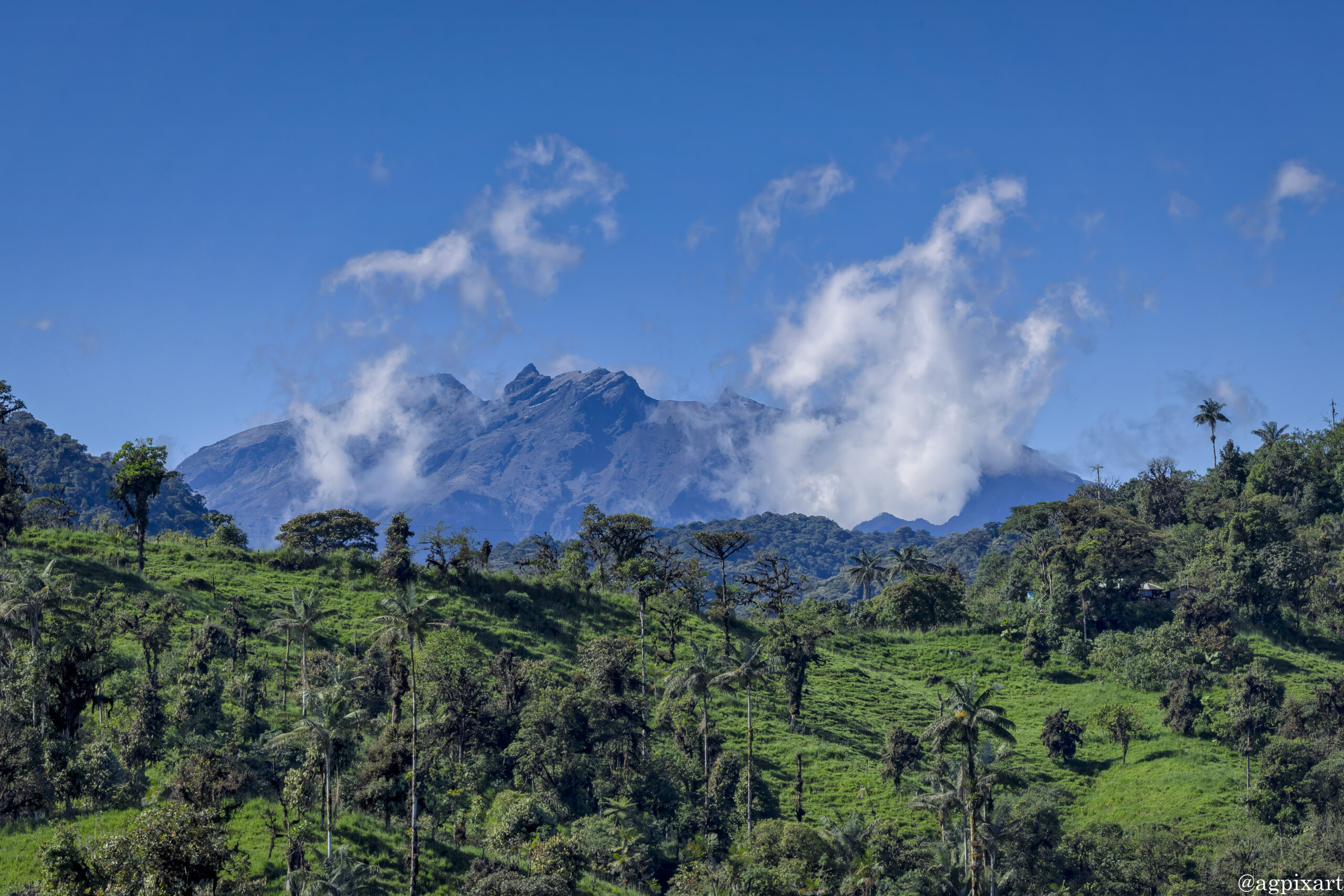

Galápagos
TidBits Tabs – Know Before Trip
(click on the tab to open/close)
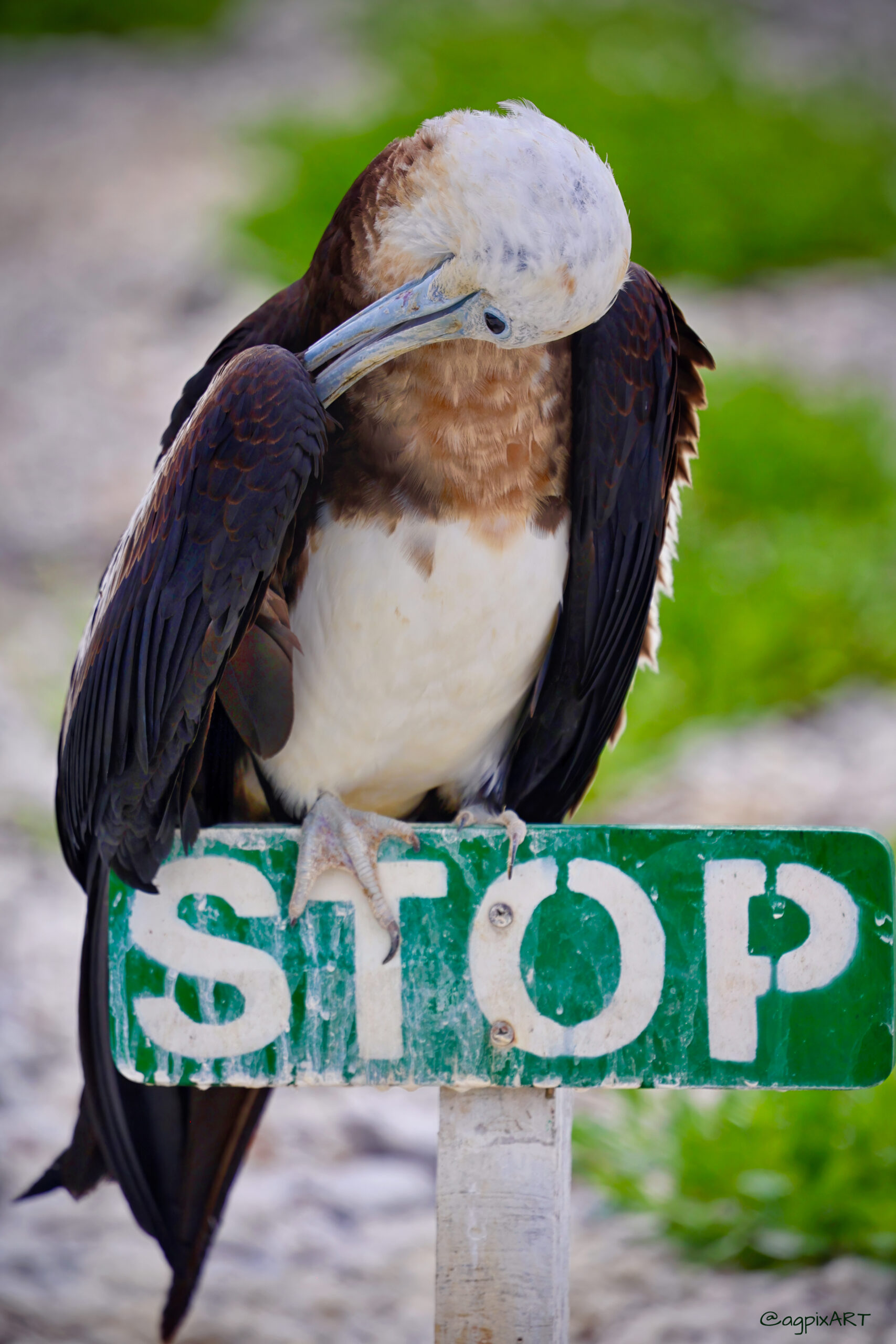
Airlines & Destinations:
Pre-Flight Requirements:
Local Transport:
Travel Advice:
Galapagos National Park – Rules and Regulations:
All visitors are expected to act responsibly and to treat the environment with respect. The Galápagos National Park Service has the following rules for visitors:
- Visitors to any protected areas within the Galápagos National Park must be accompanied by a naturalist guide authorized by the GNPD.
- Travel only with tour operators and/or boats authorized to work in the protected areas of Galápagos.
- Remain on marked trails at visitor sites and respect signs at all times for the protection of wildlife, and for your safety.
- Maintain a distance of at least six feet (two meters) from wildlife to avoid disturbing them, even if they approach you.
- Never feed wildlife, as this can cause health problems.
- Flash photography is not permitted when taking photos of wildlife. Professional photography and videos recorded for commercial purposes must be authorized by the GNPD.
- Camping is only allowed in a few authorized areas in the Islands. Request authorization to camp at the Galápagos National Park’s offices at least 48 hours in advance.
- It is your responsibility not to introduce food, animals, or plants into the Archipelago. Cooperate fully with all environmental inspection and quarantine officials during your visit.
- Do not take or buy any products or souvenirs made from banned substances, including black coral, shells, lava rock, animal parts, or any native wood or vegetation prior to leaving Galápagos. This is illegal and must be reported.
- Practice “leave-no-trace” principles in order to maintain the beauty of the environment.
- Pack out all trash and dispose of or recycle it in the populated areas or on your tour boat.
- Smoking and/or campfires are strictly prohibited within the Galápagos National Park, as fires poses a serious risk to the flora and fauna of Galápagos.
- Fishing is only permitted on recreational tour boats authorized by the GNPD.
- Motorized aquatic sports, mini-subs, and aerial tourism activities are not permitted in the Galápagos National Park or Marine Reserve.

The terms endemic, native, and introduced are used to describe the origin and ecological status of plants and animals:
- Endemic: Species that are found only in the Galapagos Islands and nowhere else in the world. They evolved uniquely in the Galapagos due to its isolated environment. Examples include the Galapagos giant tortoise and the marine iguana..
- Native: Species that naturally occur in the Galapagos but are also found in other parts of the world. They arrived without human intervention, often through natural dispersal (e.g., by wind, water, or birds). Examples include some seabirds like the blue-footed booby.
- Introduced: Species brought to the Galapagos by humans, either intentionally (e.g., for agriculture or pets) or accidentally (e.g., rats or invasive plants). These species are not naturally part of the ecosystem and can sometimes harm native and endemic species. Examples include goats and certain invasive plants like blackberry.
Conservation: Many species, like the penguin and cormorant, are endangered due to invasive species (e.g., rats, cats) and climate events like El Niño. Conservation efforts, such as rat eradication and tortoise breeding programs, have helped stabilize populations.
The below chart is showcasing the most iconic endemic species of the Galápagos, as they are a hallmark of the archipelago’s biodiversity, with approximately 80% of land birds, 97% of reptiles and land mammals, and over 30% of plants being endemic. It focuses on mammals (Galápagos Sea Lion, Fur Seal), birds (Galápagos Penguin, Flightless Cormorant, Darwin’s Finches(13 species), Galápagos Hawk), and reptiles (Galápagos Tortoise, Marine Iguana, Land Iguana, Lava Lizard).
Sea lions and marine iguanas are widespread across coastal areas; penguins and cormorants are primarily on Fernandina and Isabela; tortoises are on islands like Santa Cruz and Isabela; hawks are on main islands like Isabela; land iguanas are on islands like Santa Fe; lava lizards are on most islands except a few (e.g., Darwin, Genovesa).

Instructions for proofing and comments:
Left-click on the photo to access options for title information (i), leave comment, or mark the photo(s) as the favorite. The option to submit the selected as favorite photos is under “Submit proofs” button under photo gallery.
Image Info
Comment
Favorite
Sample Photos from Galapagos & Ecuador
If you see this after your page is loaded completely, leafletJS files are missing.
If you see this after your page is loaded completely, leafletJS files are missing.
